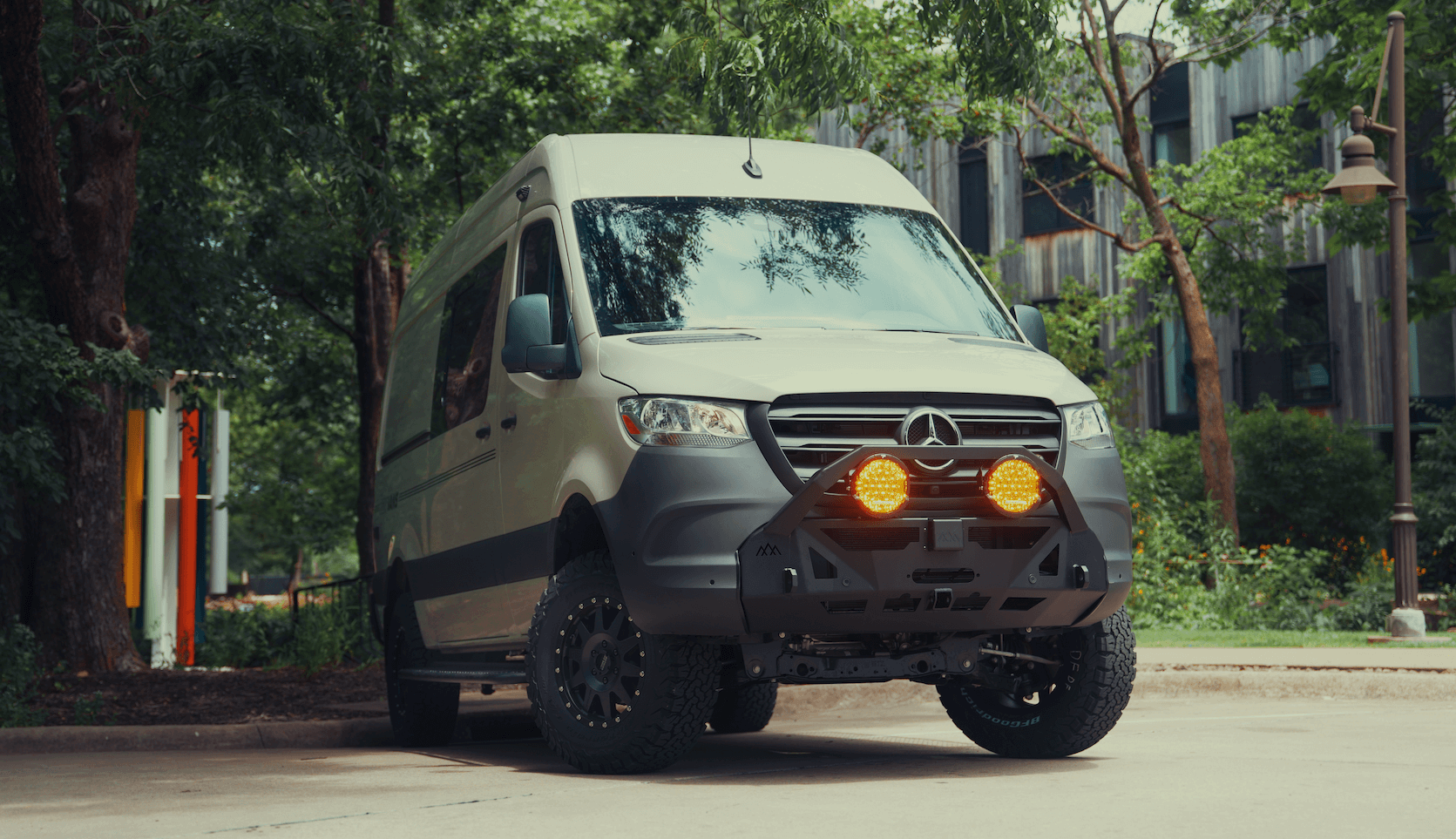Recreational Vans

You can ship a finished camper van to Europe through two common options. Roll on roll off places the operable van on a vehicle deck for ocean transit. Container shipping loads your van into a sealed 20 or 40 foot box. Both methods require early planning and precise paperwork.
Timeline usually runs two to five weeks at sea plus several days for customs on each end. Popular US ports include Baltimore, Newark, Jacksonville, Galveston, Long Beach, and Oakland. Common European discharge ports include Antwerp and Zeebrugge in Belgium, Bremerhaven in Germany, Rotterdam in the Netherlands, Le Havre in France, and Southampton in the United Kingdom.
Before booking, measure length, width, and overall height with racks, awnings, and antennas. Confirm ground clearance, approach angles, and whether your van can drive on under its own power. Carriers publish rules for fuel, batteries, and gas systems. Read them closely and follow them exactly.
Roll on roll off is the most common choice for a standard adventure van. It is cost effective and designed for vehicles, but most lines ban personal effects beyond factory fitted cabinetry. Cargo must be part of the vehicle and secured. Height can be generous on RoRo decks, though you should verify limits if you have roof gear.
Container shipping costs more but offers privacy and the ability to lock your van inside a sealed box. High cube containers can accept taller builds. You will need professional loading, chocking, and a safe tie down plan. If your van is very tall or wide, ask about flat rack or special equipment.
Security is a real factor. RoRo terminals operate under strict protocols, yet containerization reduces access further. Balance that with the extra handling and cost of stuffing and stripping a container.
For US export you will need the original title, registration, a passport copy, and a bill of sale or ownership proof. The shipper files export data to obtain an ITN number, then presents your title to Customs at the port in advance of sailing. If your van has a lien, obtain a notarized letter from the lender authorizing export.
Most travelers use temporary import in Europe. That lets you drive a US registered van without paying VAT or duty for a limited time. If you permanently import, expect to meet local standards and pay applicable taxes. The rules vary by country, so verify details for your arrival port.
Third party liability insurance is mandatory. Many visitors purchase European Green Card coverage through brokers that serve non EU vehicles. Carry your US license, an International Driving Permit, and your original registration. Some countries require reflective vests, warning triangles, and spare bulbs. Pack them before you ship or buy them at your first stop.
Remember that tourist stay limits and vehicle stay limits are separate. The Schengen area generally allows 90 days in any 180 day window for you. Your van may receive a different customs clock. Keep entry documents and track both timelines to avoid fines.
OZK Customs builds rigs that travel well. Thoughtful wiring, secure cabinetry, and smart storage help your van meet carrier rules and arrive intact. When you are ready to craft a road proven build for a European loop, explore Recreational vans by OZK, plan your dream layout through Custom build a van, or review Finance friendly platforms that make ownership simpler. We design for real travel, from mountain towns to coastal ferries, so your handoff to the ship line is smooth and your first miles in Europe feel easy.
Ready to build or refine a van that travels well overseas? Tell us your timeline and priorities. OZK Customs designs ship ready adventure vans with clear documentation, safe power systems, and secure storage so your handoff to the carrier is simple. Share a few project details and our team will propose a build path that fits European travel, then help you get road ready.
ADDRESS:
6159 E Huntsville Rd, Fayetteville, AR 72701
PHONE:
(479) 326-9200
EMAIL:
info@ozkvans.com